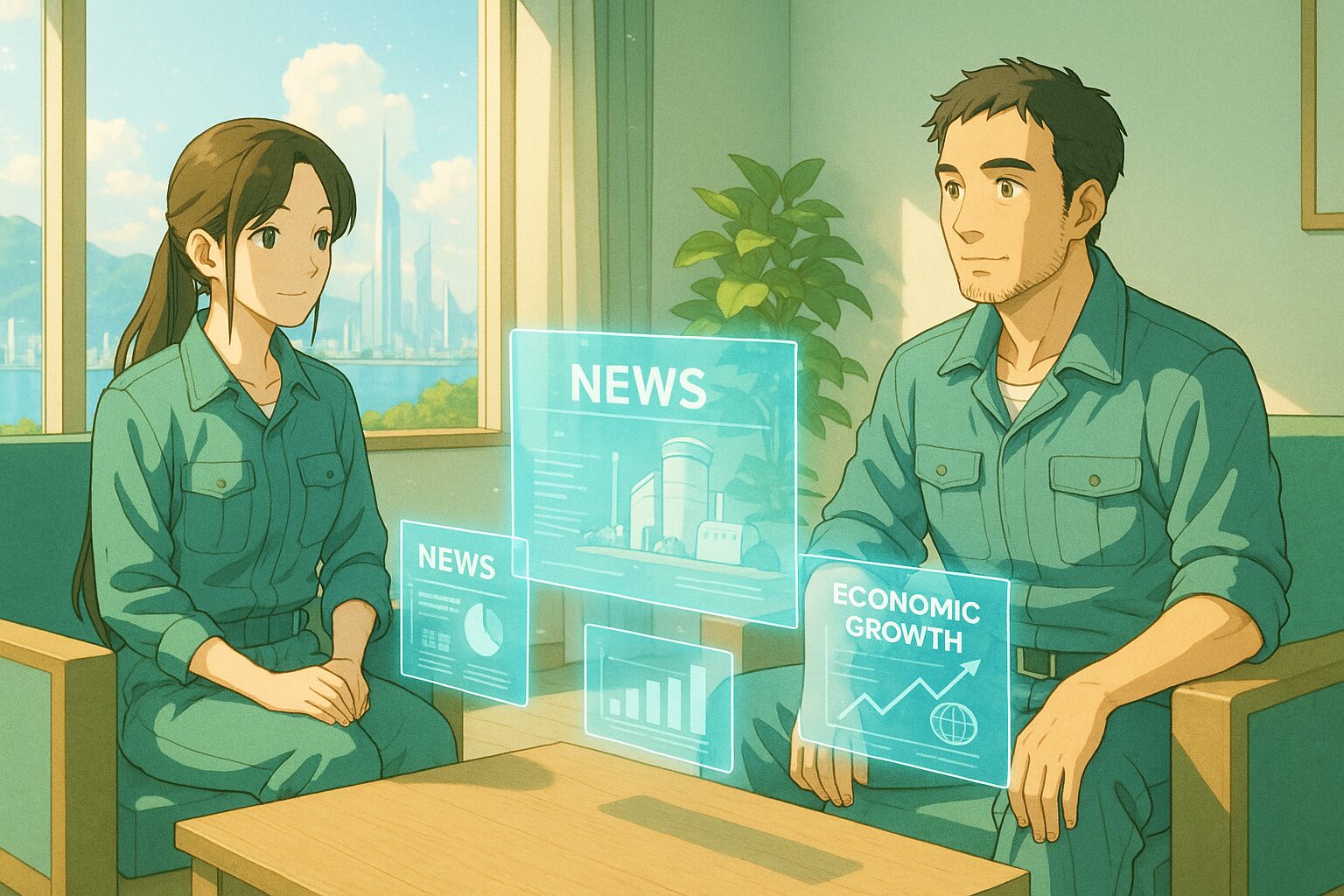Will the Global Semiconductor Map Change? What Future Awaits with India’s Challenge?
India’s advanced technology development is attracting attention. C-DAC (Centre for Development of Advanced Computing) plans to showcase Indian-made chiplet technology by the first quarter of fiscal year 2026. If this trend continues, how will the global semiconductor landscape change?
1. Today’s News
Source:
CDAC to tape out local chiplet tech demonstrator by Q1 FY27
Summary:
- C-DAC plans to demonstrate Indian-made chiplet technology by the first quarter of fiscal year 2026.
- This technology will be a significant milestone in India’s high-performance computing and semiconductor development.
- The movement towards self-sufficiency in India’s semiconductor technology is accelerating.
2. Considering the Background
Currently, the global semiconductor market is dominated by a few giant companies. This situation creates technological dependence and supply chain risks. The backdrop of India advancing its own technology development aims to enhance economic independence and international competitiveness. If this project succeeds, it may widen the choices of everyday devices and technologies.
3. What Does the Future Hold?
Hypothesis 1 (Neutral): A Future Where Indian-Made Semiconductors are Commonplace
With India’s technological evolution, Indian-made semiconductors may become widely used in global markets. This could provide consumers with a more diverse range of choices and intensify price competition. However, it may also lead to a more complex market. Consumers’ values may shift to prioritize the balance between product quality and price.
Hypothesis 2 (Optimistic): A Future of Significant Technological Advancement in India
If India achieves great success in semiconductor technology, it could have ripple effects on other technology industries, potentially becoming one of the global innovation hubs. The emergence of new technologies could improve quality of life and promote the adoption of energy-efficient devices. People may increase their expectations for a future driven by technology and seek new options to enhance their quality of life.
Hypothesis 3 (Pessimistic): A Future Where Existing Semiconductor Technologies Fade Away
While India rapidly innovates, there is a risk that existing technologies and companies may exit the market. This change could have positive aspects of technological evolution while also causing job losses and widening the technology gap. People might lose confidence in traditional technologies and feel anxiety towards new technologies.
4. Tips for Us
Thinking Tips
- Have you considered how technological evolution impacts our values?
- Revisiting the technologies behind the devices you commonly use may lead to new discoveries.
Small Practical Tips
- Regularly check news about technology to respond flexibly to changes.
- Discuss new technologies with family and friends and share information to deepen your understanding.
5. What Would You Do?
- How do you view the future where Indian semiconductor technology is popularized?
- Do you feel more expectation or anxiety towards new technologies?
- What small step can you take?
What kind of future have you envisioned? Please share it with us through SNS quotes or comments.







